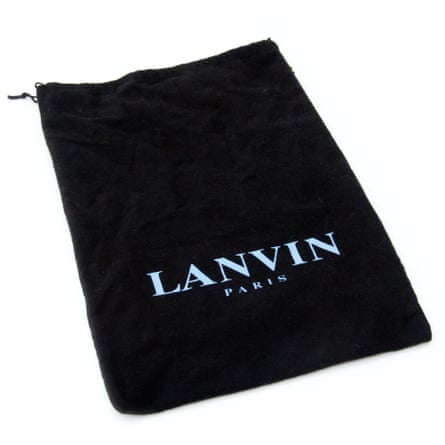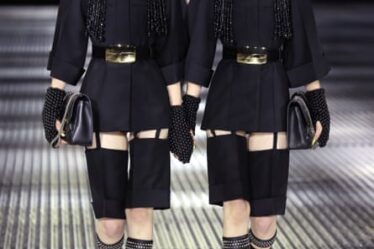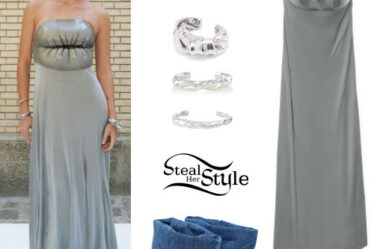
It’s well established that one of the most pressing issues at the heart of fashion and sustainability is the underutilisation and overproduction of clothing. Too many clothes get made, too many clothes are bought and too many of us own clothes that we don’t wear. The net result is too many clothes being thrown away – a recent report suggests Australians discard 10kg per person to landfill each year.
To combat these alarming levels of waste, organisations such as the Ellen MacArthur Foundation have been advocating for a circular fashion industry for years. A key pillar of this is using products more, something aided by the recent rise in popularity of resale and rental platforms such as Vestiaire Collective, Depop, The Real Real and AirRobe.
According to Justine Porterie, the head of sustainability at Depop, “fashion resale … reduces waste, and slows the demand for ‘new new’.” In 2020, a report by McKinsey and Co found that if fashion is to meet its emissions reduction targets, resale will need to account for a much bigger portion of the industry.
But despite resale being embraced by businesses across the fashion industry – from Stella McCartney to Patagonia – currently, there is no evidence to suggest the rise of resale has resulted in a decline in overall production of new clothing. (Although Patagonia told Vogue Business it was absolutely a goal for its resale platform to replace production of new products eventually).
Additionally, the rise of #thrifthauls – a trend that involves buying enormous amounts of secondhand clothes and showing off the haul on social media – has sustainability advocates questioning whether the popularity of resale is starting to resemble the more toxic elements of fast fashion consumption by focusing on trends and constant newness. “We know there is absolutely no shortage of clothes in the world … and though resale is one solution, we’re aware it’s not the silver bullet,” says Porterie.
To comprehensively tackle textile waste, fashion businesses need to put in place systems to prevent unnecessary overproduction, alongside other pillars of circularity-like models to capture, repair and recycle garments.
While these solutions are structural, reselling garments with a discerning eye, so items can be bought in place of new pieces rather than in addition, is something any consumer can do – while making a bit of extra cash in the process.
Care for your clothes
If you no longer want to wear a garment because it is tattered, stained or has started to smell, it is unlikely someone else will want to buy it. Beth Glancey of AirRobe says “laundering and looking after your garments will go a long way in retaining their value”.
For designer shoes and handbags, keeping the items’ original packaging can also contribute to its resale value, a spokesperson for resale platform Vestiaire Collective says. They emphasise the importance of proper storage before a piece is sold too. “Avoid long exposure to sunlight, especially for leathers, avoid corrosive chemicals and use a dust bag for storage.”
Do your items justice
When it is time to sell a piece of clothing, “like all good marketing, listings with great images and thorough descriptions move quickly,” says Glancey. “We’ve seen many incredible designer garments, selling for great prices, sit around because the images don’t do the item justice.” She warns against photos with “bad lighting, creased garments,” or an inadequate number of images.
In addition to using multiple images to show the garment from different angles, Vestiaire also recommends taking “close up imagery of essential features, such as the label with the brand’s name or a size tag, and any areas where there may be damage”.
Opt for more detail rather than less when writing descriptions. Including the material of the outer as well as the lining, whether or not the fit is true to size, any additional features like pockets or french seams and the garment’s measurements when lying flat.
A detail-rich listing will also ensure your buyer knows exactly what they are getting; so the piece won’t end up exactly where it was before, unworn in the bottom of a wardrobe, or on its way to landfill.
Sell for the season
Something else to keep in mind when selling secondhand items is timing. Vestiaire says pieces that are seasonally appropriate sell faster. They also recommend listing items early in the month and in time for the weekend. “Most sales happen within the first half of each month. Sunday is our community’s favourite day to shop. If sellers ensure their items are online at the right time, they tend to be sold much quicker.”



